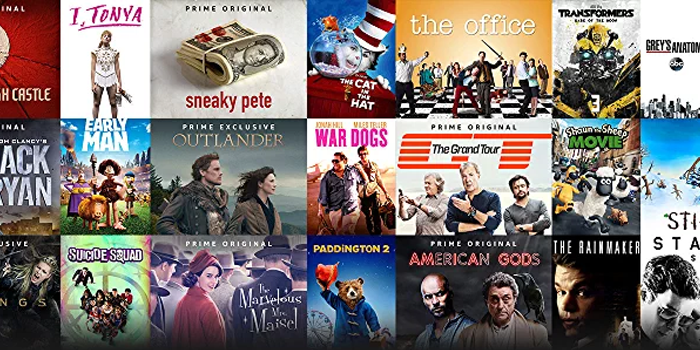

Is It Always Right to Be Right? (1970)
The world is divided into factions, on opposite sides of issues; each side is, of course, right. And so the gap between the people grows, until someone challenges the absolutist view of what's "right."
Watch Trailer
Cast


Reviews
So much average
Masterful Movie
By the time the dramatic fireworks start popping off, each one feels earned.
A clunky actioner with a handful of cool moments.
It's a brief and penetrating parable about a land in which people thought they must be "right" and to admit otherwise was a sign of weakness. Nobody said, "You might be right." Nobody said, "I could be wrong." The population was divided on many issues and the gulf between them grew.This won an Academy Award in 1970 and the groups described now look a little dusty with age -- doves and hawks, young and old. But the moral remains the same, though the self-righteous groups are now different.The message is that we have to overcome our sense of certainty and build bridges across those gulfs to find common ground. It's easier said than done because building a bridge between two antagonistic groups requires at least two heroes, one on each side of the chasm. The heroes must not only appeal to the group across the gulf, who are likely to throw rotten fruit at them because they are "enemies." The heroes must also brave the insults of the group they BELONG to, because they'll be scorned as traitors to the cause or the race.The issue is tied to the concept of manliness. If an armed man approached Clint Eastwood and ordered him to get out of town, would Clint Eastwood reply, "Can't we sit down and talk this over before one of us gets hurt?" No. No, he wouldn't. Neither would John Wayne. That concept of masculinity is a little limited. Japanese kamikaze pilots left little dolls and haiku behind for their loved ones. On the night before a battle, Greek generals would discuss philosophy and write poems. Any warrior doing that today would have one foot in fairydom.Those gulfs look wider today that they did forty-five years ago and not much seems to have changed. During his campaign, one man said, "I'm not going to change my mind because it's made up, and I'm not the kind of guy who changes his mind once it's made up." We liked that so much we elected him president.It's a conundrum and possibly there is no solution. Of course I may be wrong.
"Is It Always Right to Be Right?" is an 8-minute animated short film from 1970 and regardless what you may think of the spoken contents here, this film's main problem is the animation, which looks pretty bad even for soon 50 years ago. The texts in here are spoken by Orson Welles and are a mix of intelligent, intellectual and pretentious quotes about how it is easier to live together with other people in terms of finding common consensus. I myself did not enjoy the watch. It is pretty pathetic to see this child-like animation and then hear these heavy words coming out of Welles' mouth at the same time. For me, it wasn't working. I may be wrong, but this is not a good short film and certainly not Oscar worthy. I guess they just wanted to awards the big name that came with this movie as this was nothing usual in the Animated Short Film category. Don't watch.
I can't compare this film to the other two Oscar nominees for 1971, as they apparently are not available. I assume that IS IT ALWAYS RIGHT TO BE RIGHT? was the best film, as it won...plus I really liked the film--even though it may seem a tad preachy.This cartoon is about all the negative and polarizing issues we were confronted with in America at the time--racism,the generation gap, the war in Vietnam, etc.. In dealing with these issues, the film takes an amazingly neutral view--and suggests we all do the same. Now this does NOT mean that we should necessarily allow evil, but that we should all learn not to be so dogmatic and try to see the truth in both sides of the issue. In other words, seldom, if ever, is one side 100% right and being "right" should not be the goal but learning to understand and cooperate. It's all told through a parable and it's very clever. While it's all a bit obvious and perhaps preachy, the message is a good one and this film was incredibly timely back when it debuted.As for the animation style, it ain't much to look at, but this was the case for all animation at the time. Simplistic backgrounds, low frame-rates and hastily drawn characters were all the norm, so I can't really penalize the film too much--it was a product of the times.Fortunately, in addition to the nice message, clever parable and decent artwork, the film makers were also able to persuade Orson Welles to narrate--giving the film some clout and a touch of class.Overall, a nice film--one that I wouldn't mind seeing again sometime.
In 1972 I started teaching Race Relations in the Air Force. Many say that the Armed Services are conservative or bigoted, but this is an example of the forward thinking of the Air Force as this was one of the first films purchased for our program. It is probably one of the most powerful short films about bigotry and closed mindedness I have ever seen. Men and women of all ranks thought that the message was clear and meaningful. I wish it were available today, I am still in Social Work and while I primarily do therapy, the message is applicable to marriage counseling, domestic violence, anger control and even substance abuse group therapy. If any one has a copy I would appreciate contacting me at [email protected]


